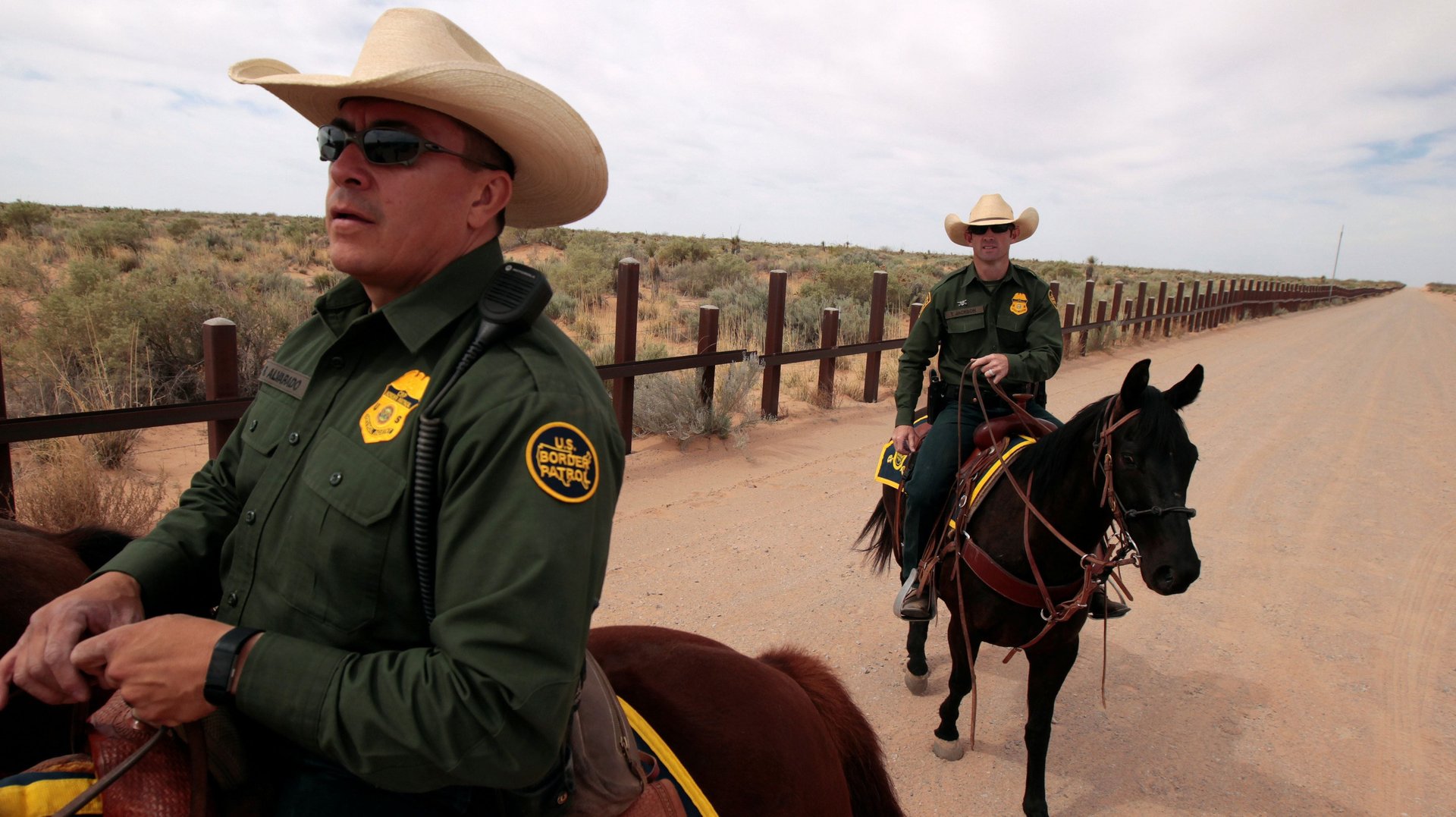The word “wall” does not appear once in the House bill to keep the government open
The chair of the House Appropriations Committee has introduced a bill to keep the US government open (pdf) that bumps up the overall Homeland Security budget and includes just $1.4 billion for border barricades.


The chair of the House Appropriations Committee has introduced a bill to keep the US government open (pdf) that bumps up the overall Homeland Security budget and includes just $1.4 billion for border barricades.
The word “wall” is not used once in the entire bill, which runs 1,159 pages. It budgets $3.3 billion less than the $5.7 billion Donald Trump demanded for construction of a wall on the border with Mexico before shutting down the government for a record 35 days.
The House is to vote on the bill today (Feb. 14) at 8pm US eastern time and the Senate could take it up immediately after that. Trump, who has said he is “not happy” about the deal negotiated by Democratic and Republican lawmakers, is still expected to sign the legislation tomorrow, ahead of a midnight deadline for another government shutdown. On the floor of the Senate today, Chuck Grassley, the Republican from Iowa, said “Let’s all pray that the president will have wisdom to sign the bill so the government doesn’t shut down.”
Included in the massive bill are everything from a $174,000 payment to the widow of late congressman Walter Jones to updated inspection guidelines for poultry imports. Yet he actual language about border barriers is minimal—the word “barrier” appears just four times in the bill.
Here’s a look at what the bill says on the subject of border construction:
“Bollard” gets one mention (p. 33):
The amounts designated in subsection (a)(1) shall only be available for operationally effective designs deployed as of the date of the Consolidated Appropriations Act, 2017 (Public Law 115-31), such as currently deployed steel bollard designs, that prioritize agent safety.
(The subsection referred to above earmarks $2,370,222,000 for US Customs and Border Protection to spend on fencing, inspection equipment, humanitarian needs, and facility improvements.)
The word “fence” does not appear once. The word “fencing” appears seven times in the bill: six times in regard to the border fencing the $1.4 billion is earmarked for, and once in reference to materials for general use by the Secret Service (p. 33).
$1,375,000,000 is for the construction of primary pedestrian fencing, including levee pedestrian fencing, in the Rio Grande Valley Sector;
None of the money can be used to build fencing:
- within the Santa Ana Wildlife Refuge
- within the Bentsen-Rio Grande Valley State Park
- within La Lomita Historical park
- within the National Butterfly Center
- within or east of the Vista del Mar Ranch tract of the Lower Rio Grande Valley National Wildlife Refuge
Before construction begins on any physical barriers within a city’s limits, the Department of Homeland Security must meet first to discuss (p. 34) and “reach mutual agreement regarding the design and alignment of physical barriers within that city.” The public will then have at least 60 days to comment (p. 35) on whatever plans are made.
This has been an issue, most recently in Nogales, Arizona, where local officials say federal authorities did not contact them before installing top-to-bottom concertina wire along a border fence that runs through the city’s downtown.
The word “drug”—in relation to prescription-drug safety regulations, the US Food and Drug Administration, and one mention of “drug kingpins” (p. 3)—appears in the bill 103 times. “Illicit drugs” are mentioned once; “narcotics,” 29 times; and “trafficker,” three.
There is one use of the word “caravan” (p. 31), but it is in reference to vehicular caravans that transport protected government witnesses, not the Central American caravans of asylum seekers that Trump contends are an element of a national emergency at the border. (The Pentagon disagrees.)